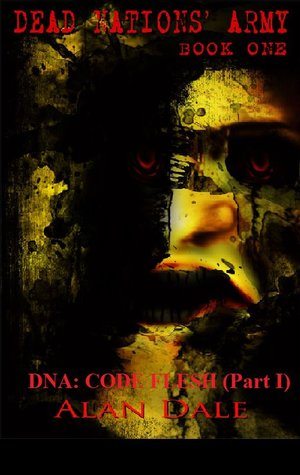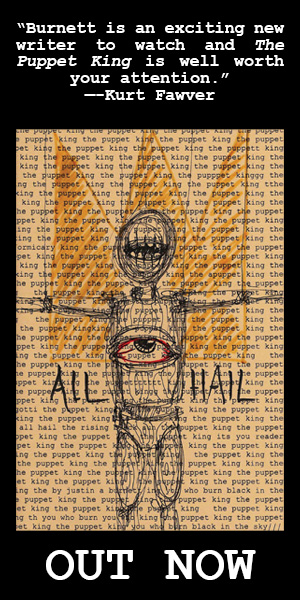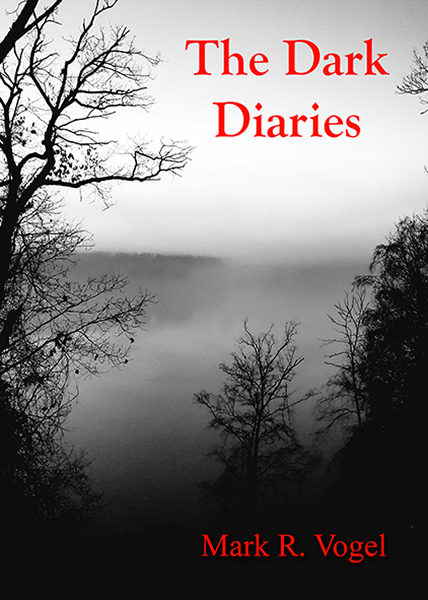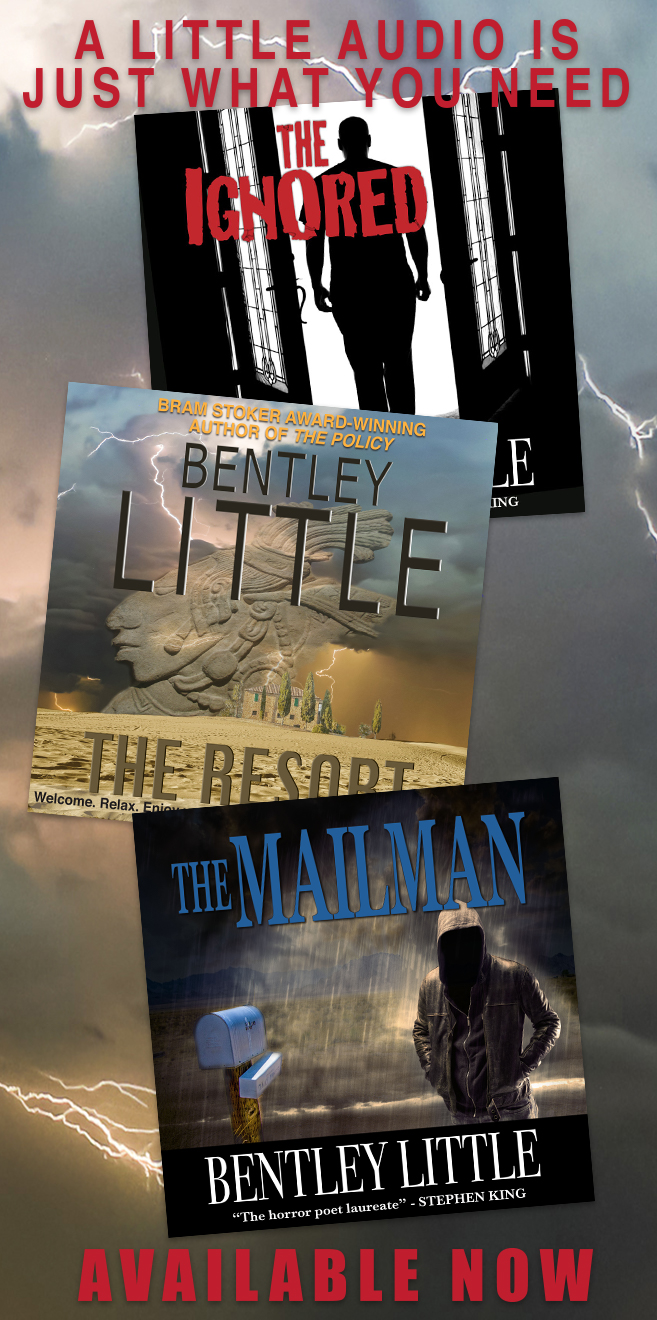For years the planet was run by the New World Order, but not to its liking. After mandating the use of death row inmates as subjects in scientific experiments, the NWO has decided to tighten its grip through its greatest political decision. However, the experiment backfires, leaving the world in the middle of a war stuck in the middle of another war.
Two of those combatants, Bridjett and Shad Alexi, siblings, torn apart by different allegiances both work to find the common ground amidst a war that will soon grow beyond the parameters anyone would have ever imagined.
Having contaminated the “cocktail” used to keep prisoner test subjects, or SCRATS, alive, the NWO hoped to create an army purely under its command. Little did they know the “cocktail” would turn thousands of SCRATS into zombies and lead to a worldwide epidemic of undead walking the earth.
I try to support independent, self-published works whenever I can. There is a certain liberating freedom to self-published works, uncluttered by big publishing constraints. True, some self-published works are self-published for a reason (loosely translated- They suck Yak nuts), but there are some real gems out there to be had, and to me, finding that diamond in the rough is worth sifting through less-than-stellar works.
Having said all that, I sat down with Alan Dale’s DNA:Code Flesh. Self-Published this spring, and, as far as I know, still looking for a home. The premise sounded intriguing. A powerful cabal in a dystopian America unwittingly unleashing the Zombie plague. There was ample opportunity for a real unique vision to come pouring out. So did it?
Yes…and no.
DNA had a few things going for it. There was a real nihilistic streak that ran through the narrative. You just knew there wasn’t a happy ending to it. There was also a well-established sense of dreariness that just permeated each character. Given the circumstances, this is to be expected, but it was still nice to see that no punches had been pulled. This was a definite highlight.
The story zipped along nicely, so pacing wasn’t an issue. The violence and carnage was acceptably applied. It was violent and brutal, with no punches pulled. The characters, while not as fully layered as I would have liked, weren’t offensively rendered. Dialogue was standard; not lame but not a standout.
So what went wrong?
I have a limit as to how much sentence fragments I can take before the flow of the narrative becomes too tedious to follow. The pacing was acceptable, but the over-abundance of sentence fragments turned a fast-paced novel into something an ADD sufferer might have a hard time with. It became a chore to follow. This was the biggest problem I had the story.
All in all, I liked the story, but I didn’t love it. There is a lot to like, but, to me anyways, the machine-gun delivery and over-abundance of sentence fragments kind of dulls whatever goodwill the story does give you.
3 bites out of 5
Available at Amazon.





